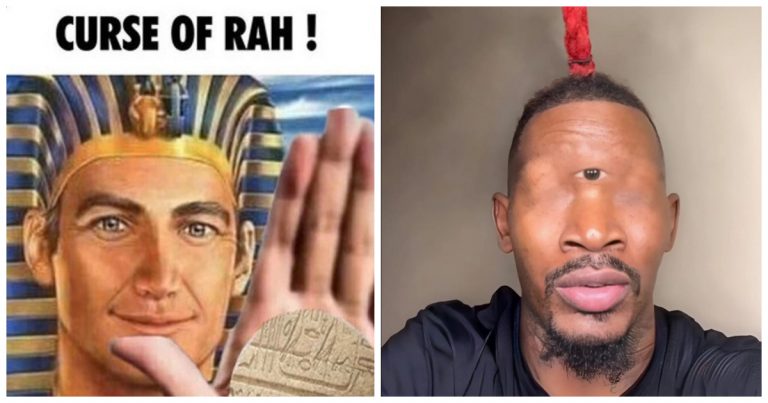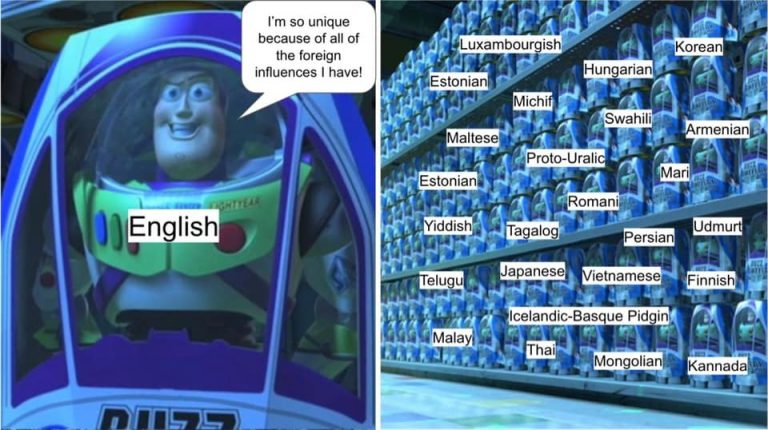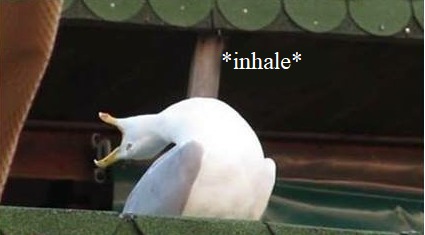What Is The “Wack” Meme? Origin, Meaning & Why It’s The Perfect Way To Call Out Lame Behavior
The “Wack” meme, featuring Hannibal Buress’s deadpan “Wack” reaction from The Eric Andre Show, is the internet’s go-to for calling out lame, uncool, or disappointing behavior.
Rooted in hip-hop slang, this viral reaction image has spread across Tumblr, Twitter, TikTok, and Instagram, resonating with Gen Z and Millennials for its sarcastic humor and relatable shade.
It’s the perfect mix of irony and authenticity for poking fun at everyday annoyances.

1. What Is the “Wack” Meme?
What does the meme show?
The “Wack” meme is a reaction image of the comedian Hannibal Buress from The Eric Andre Show (Season 1, Episode 8, aired July 2, 2012) in which Buress responds with a deadpan “Wack” to Eric Andre’s bizarre, absurd behavior.
The still image reveals Buress’s unimpressed face, making it a great visual for labeling anything that is lame (bad choices of fashion, cringeworthy trends, to broken plans).
It is commonly used with captions like “When your friend cancels last minute,” which indicates equal parts mild disgust and humor.
Is it the ultimate meme for shade?
Arguably, yes. What makes the “Wack” meme unique amongst other memes we view as “shady” is that Buress’s blend of dry humor and judgmental statement gives it the stand-out factor for throwing any type of shade.
It has a personality that’s different from louder, flashier reaction memes like “Distracted Boyfriend” or “Drake Hotline Bling,” with its stripped-down delivery somehow feeling more direct and cutting.
Also, there are fewer memes that have the versatility to call out everything from a terrible playlist to a TikTok trend, making it a higher tier of shade meme.
2. Where Did the “Wack” Meme Come From?
The Eric Andre Show moment
The meme in question comes from a chaotic segment in The Eric Andre Show, where Buress reacts to a strange Mister Rogers parody by simply stating “Wack”, with a confused, unimpressed face, and a completely deadpan delivery.
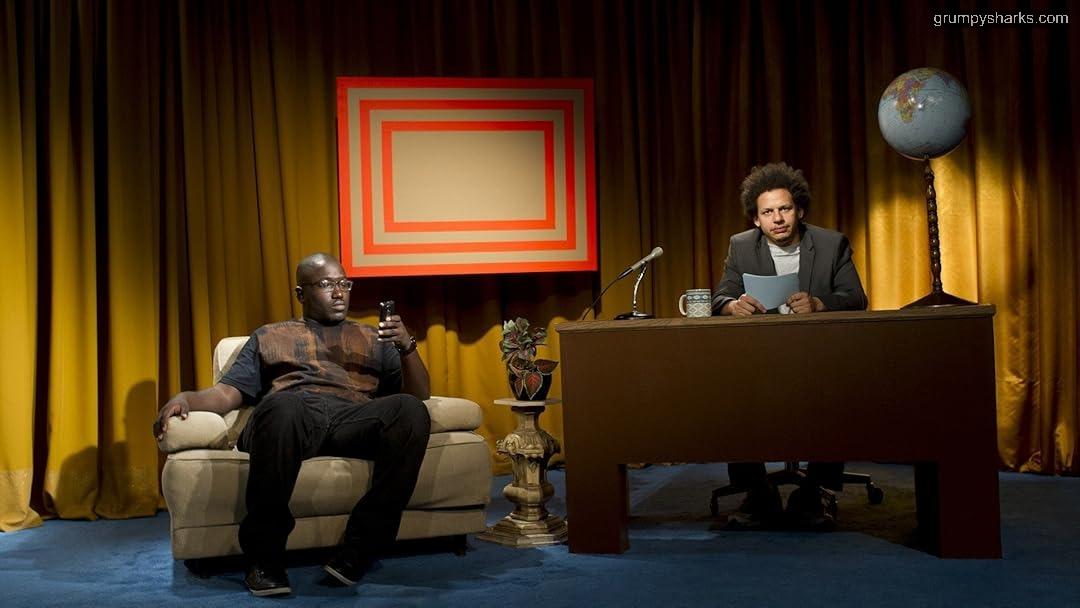
Buress’s confused, unimpressed look, along with the blunt delivery, make it a great moment for meme culture.
The surreal humor of The Eric Andre Show helped provide a construct for the moment to stand alone as a reaction image, which then allows the image to continue to find value in how it can exist as a meme because of the surrealist nature of the image.
How it went viral
The “Wack” meme began circulating on Tumblr in 2014, with what appears to be the first post by the user your-butthole getting over 173,000 notes.
It then began to spread to Twitter and Reddit in 2016, where other users began pairing the image with relatable caption about somewhat universally frustrating experiences like slow wifi or overhyped movies.
The meme then continued to spread and rise in popularity on Instagram and TikTok using numerous variations of the format to call out lame behavior in a playful or ironically comedic way.
3.The Meaning Behind “Wack”
From hip-hop to internet culture
“Wack” has strong roots in 1980s African American Vernacular English (AAVE) and hip-hop culture associated with something bad, uncool or low-quality.
It was popularized in mainstream culture with 1995 films like Friday; that harsh portrayal entered pop culture lexicon and eventually morphed into internet slang.
The use of “Wack” in the meme references this history and adds authenticity that provides a layer of hip-hop credibility for users knowledgeable about its intersections with pop culture.
Calling out lame behavior
I believe the meme is powerful because it aptly captures mild distaste for lame moments of someone (for example, wearing socks with sandals or a friend trying to hype a really bad movie).
Its bluntness combined with sarcasm creates an impression of a friend rolling their eyes looking at a bad decision.
It is energetic and contrasts with the boredom of mild dissapointment and is relatable for the younger generation in particular (Gen Z and millennials).
I would be remiss if I said that this was a harmful or cruel meme; I don’t think that it was intended to be, it’s ripe with humour and honesty while poking fun at the irratating little dissapointment of life.
4. How the “Wack” Meme Is Used
Common Captions and Contexts
The meme thrives on simple, relatable captions. Popular examples include:
- “When your boss schedules a 9 a.m. meeting on Monday”
- “Trying to enjoy a new song but it’s just wack”
The caption options focus on common annoying situations, such as fashion trends that need to go or cringeworthy social situations, which makes the meme especially adaptable for expressing irritation.
And, the simple format makes it fairly easy to adapt to any lame situation.

Variants and Remixes
The “Wack” meme has led to some inventive variants such as combining the image of the Buress with Mr. Krabs from SpongeBob or turning it into GIFs that have sarcastic audio.
On TikTok, users pair the image with their skits directed at cringey trends, while Instagram reels in remixing with filters reminiscent of retro photo styles or old video games.
These variations allow the villagers to keep the meme’s concept fresh while preserving the response of calling something lame.
For further reference, check out Inverse on meme remixes.
5. Why “Wack” Is Perfect for Calling Out Lame Behavior
Humor Meets Honesty
The irony of Hannibal Buress’s deadpan delivery adds an ironic layer that brings levity to the meme and makes it feel more playful than harsh.
It is like a friend calling you out without causing a fight, making it a good outlet to complain about petty frustrations.
The humor lies in “Wack” being honest, and allowing users to express disapproval that is humorous, honest, and light-hearted.
A meme for the internet age
The “Wack” meme is consistent with the Gen Z generation’s penchant sarcasm and calling out behavior for being inauthentic (whether it is a cancelled influencer, a bad take on Twitter, or an exaggerated reaction on social media).
The inherent simplicity of the “Wack” meme, its cultural roots as hip-hop slang, and its adaptability to multiple cultural and social contexts made it fluid and easily melded into the fast-paced and trend-driven humor of the internet.
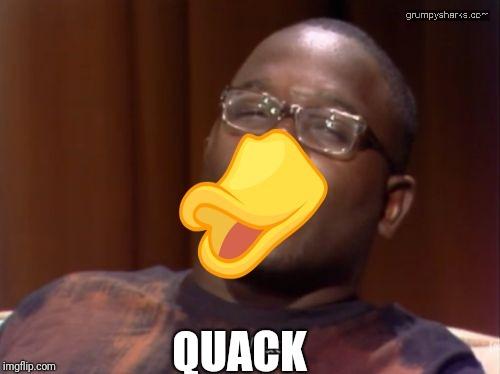
6. Cultural Impact and Longevity
Why It Endures
The “Wack” meme benefits from its flexibility and tie-in with hip-hop slang that keeps it alive in contemporary culture.
As long as the world has lame behavior to share, like cringey commercials or terrible TikTok dance challenges, people will continue remixing it.
Beyond the straight-up meme format, its potential ability to evolve for new formats, especially video edits and crossover content, will keep it active (still as a meme) in meme culture.
Is “Wack” a meme icon?
It stands tall with other meme legends like “Sad Affleck” in its niche of subtle shade and sarcasm.
It may not be as universally recognized as legendary as “Distracted Boyfriend,” but its vibe as a meme makes it a go-to for calling out lameness.
Its longevity comes down to the simplicity of a word and the possibilities of the interwebs always supplying new wack moments to roast.
Conclusion
The “Wack” meme, born from Hannibal Buress’s deadpan genius on The Eric Andre Show, is the internet’s sharpest tool for calling out lame behavior.
Its roots in hip-hop slang, viral spread across Tumblr, Twitter, TikTok, and Instagram, and relatable humor make it a cultural gem.
Whether you’re shading a bad trend or laughing at everyday annoyances, this meme delivers.
So, next time you spot something wack, grab Buress’s face and let the internet know—share your favorite “Wack” meme moment or create one for the next lame trend!


